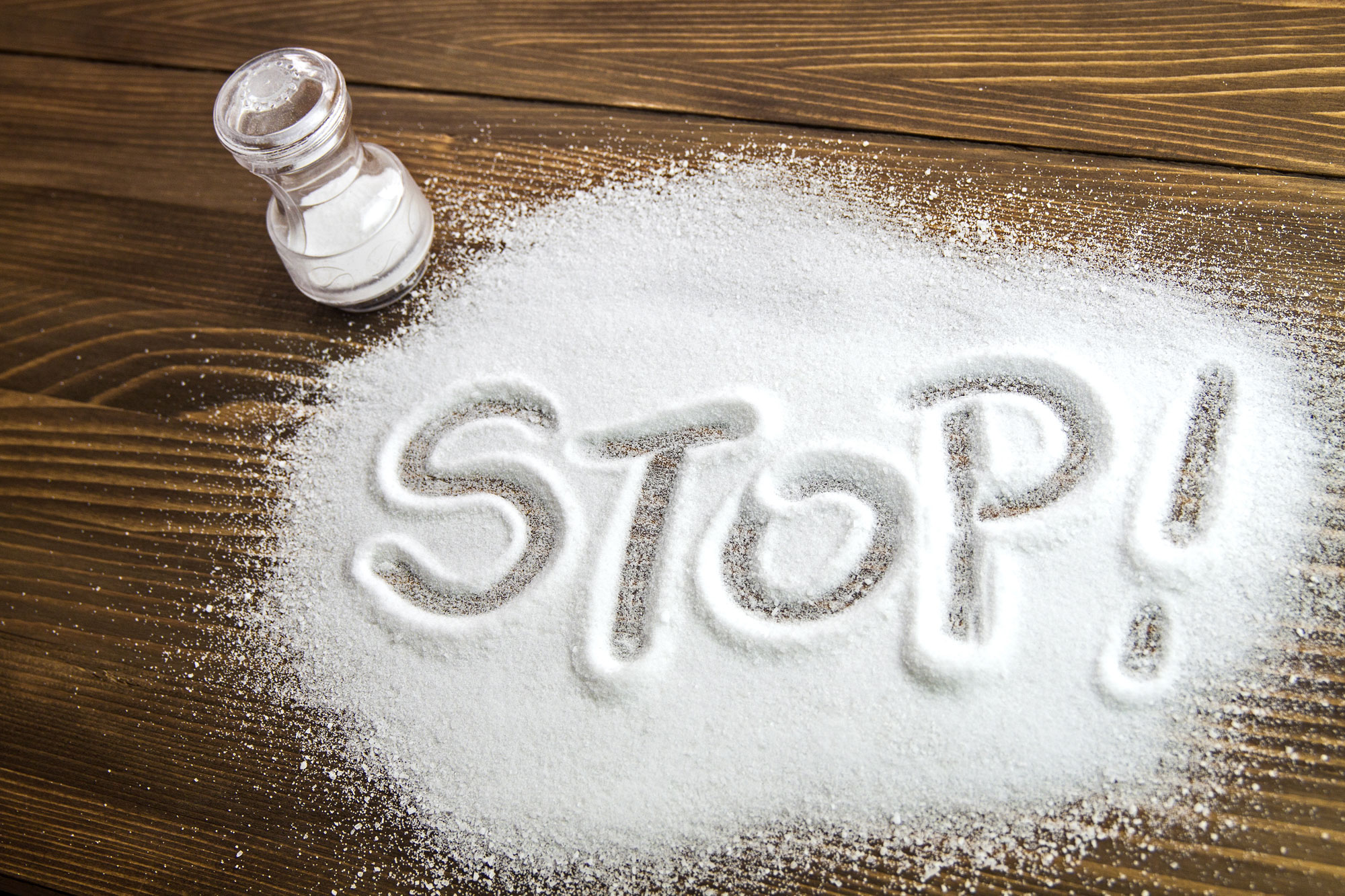Iran’s Food and Drug Administration (FDA) has proposed a plan to the Supreme Council of Health which seeks to monitor sodium levels in restaurant menus. The proposal is intended to complement existing schemes of the FDA to reduce salt, sugar and fat in foods.
Over the past few years, the local health watchdog has been successful in reducing salt levels in traditional breads or ‘nan’ from the previous 1.8 grams to the current one gram through close monitoring of the clay and metal ovens.
The administration also has put ‘traffic light tags’ on nearly all domestically produced packaged food products, which make it easier for consumers to choose healthier options that are low in salt, fat, and sugar, IRNA reported.
“Although the measures taken have had some positive impact in controlling dietary sodium intake among Iranians, still eating out adds a lot of sodium to people’s diet,” said FDA head Rasoul Dinarvand.
Most people are eating much more salt than needed, without even realizing it. That’s because much of the sodium consumed comes from packaged and restaurant foods which make it hard to control how much one eats, since it is already added to the food.
“Many Iranians want to reduce sodium in their diets, but that’s hard to do when much of it is in food consumed out of home and in restaurants and cafeterias,” he said. The new FDA proposal is about giving consumers a choice, so that they can have better control on their diets.
Since a large part of sodium in food comes from processed and prepared foods, it is a big challenge to consumers.
Average sodium intake in Iran is approximately around 10-11 grams per day. The FDA’s latest plan is intended to help Iranians gradually reduce the intake to the recommended level of 5 gram per day.
Iranians consume almost 50% more sodium than what experts recommend. One in three Iranians (25-30%) has high blood pressure, which has been linked to diets high in sodium and a major risk factor for heart disease and stroke. Most of the people with high blood pressure are not even aware of their condition.
When sodium intake increases it leads to high blood pressure which is a major risk factor for heart disease and stroke, two leading causes of premature death in Iran.
According to the World Health Organization’s Global Action Plan to reduce non-communicable diseases, reducing global salt intake by a relative 30% by 2025, is one of the important targets. Non-communicable diseases (NCDs), including heart diseases and stroke, are the leading cause of premature death in the 21st century.
If the target to reduce salt by 30% globally by 2025 is achieved, millions of lives can be saved from heart disease, stroke and related conditions, WHO says.
However, people continue to consume around 10 grams of salt per day, almost double the recommended level.
The global health agency urged the food industry to work closely with national governments to incrementally reduce the level of salt in food products.
Its recommended strategies to reduce salt consumption include: ensuring food manufactures reduce the levels of salt in food and beverage products and make healthy food available and affordable; fostering healthy eating environment in public places, as well as ensuring clear food labeling so consumers can easily understand the level of salt in products.
Successful Measures
Salt reduction is a priority policy action and considered one of the most cost-effective approaches to prevent NCDs. Finland and the United Kingdom were early adopters of effective salt reduction programs, and many other countries have introduced effective measures since then.
Finland began working on salt reduction as early as the 1970s, including significant public awareness campaigns. In 1993, mandatory salt labeling was introduced, and products containing particularly high levels of salt were also required to bear warning labels.
This was accompanied by the introduction of a “better choice” logo, supported by the Finnish Heart Association, which identified low-salt options. Daily salt intake dropped from approximately 12 g/day in the late 1970s to as little as 6.8 g/day among women by 2002.
The UK strategy has centered on the setting of rigorous salt reformulation targets on a food category basis, which created a level playing field for food manufacturers to gradually reduce the salt content of their products.
This was accompanied by recommendations on consumer-friendly labeling approaches and public awareness campaigns.
Since the United Kingdom salt reduction program started in 2003/2004, a 10–15% reduction in salt intake has been reported. Published figures show average salt intake dropped from 9.5 g per day in 2000/2001 to 8.6 g per day in 2008, with a further slight decline to 8.1 g/day by 2011. Salt content of key food products was reduced by 25–45%.
Highlight: Although the measures taken have had some positive impact in controlling salt intake among Iranians, still eating out adds a lot of sodium to people’s diet


